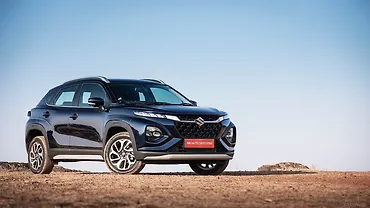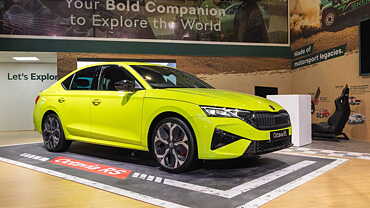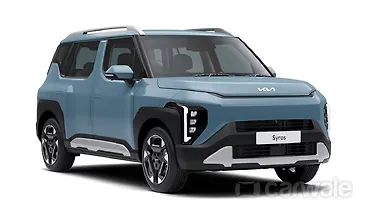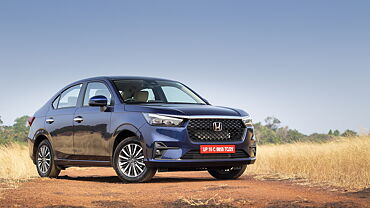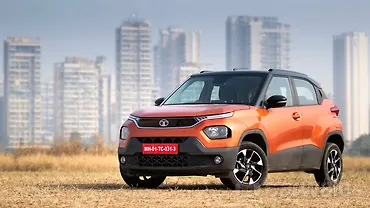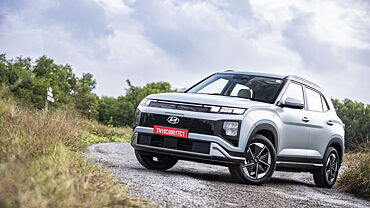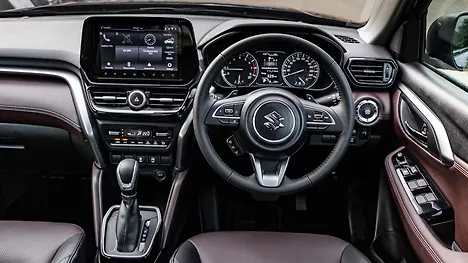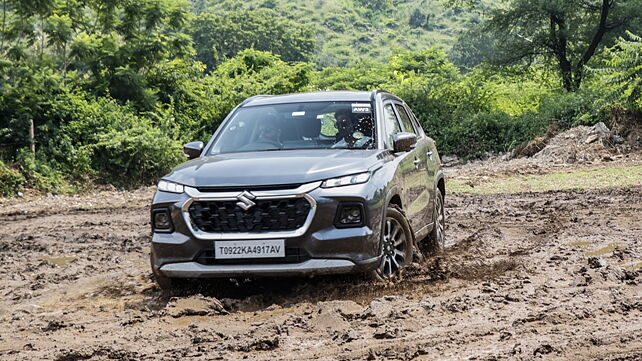

Maruti has returned to the mid-size SUV segment with the new Grand Vitara. We recently drove it and came back mighty impressed with how well it works as an everyday premium vehicle. Here’s a detailed look at all the highlights from our first drive review. The Grand Vitara is the first model from the Toyota-Suzuki alliance that is built from ground up. Its Toyota derivative, the Urban Cruiser Hyryder, made its debut before Maruti’s version.

Although based on the same underpinnings as the Hyryder, the Maruti Grand Vitara is completely different in terms of design. Up-front, it gets an all-new grille finished in a shade of black, along with a chrome slat and surround. Then there are split headlamps, where the unit on top features three-point LED DRLs that double up as turn indicators, while the unit below houses the LED projector head light, further complemented by a glossy black surround.

On the side, the Grand Vitara gets blacked-out B and C-pillars, while the D-pillar gets a chrome accent on the top. The chunky wheel arches with plastic cladding are filled by 17-inch dual-tone alloy wheels, while the roof rails are finished in a contrasting shade of silver.

At the back, you get wraparound LED tail lights, two-piece LED light bars, Grand Vitara lettering, a tail gate-mounted number plate recess, a set of vertically stacked lights that function as reflectors, turn indicators, and reverse lights on either side of the rear bumper, an integrated spoiler with a high-mounted stop light, rear wiper and washer, and a shark-fin antenna. The front and rear bumpers also receive contrast-coloured silver skid plates.

The interior design, especially how the materials are layered, is leaps and bounds beyond what we have seen from Maruti Suzuki models of the past. Given that its the flagship model from Maruti, the Grand Vitara is loaded to the gills when it comes to the feature set.

Making their debut on any Maruti models is the panoramic sunroof and a fully-digital instrument console. You also get ventilated front seats, automatic climate control, cruise control, a nine-inch SmartPlay Pro+ touchscreen infotainment system with Apple CarPlay and Android Auto, a Head-Up Display (HUD), a 360-degree camera, wireless charger, Suzuki Connect telematics, paddle shifters, tilt and telescopic-adjustable steering, and drive modes.

A few other notable additions include an engine start-stop button, keyless entry, height-adjustable driver seat, electrically adjustable and foldable ORVMs, gearshift indicator, auto-dimming IRVM, steering-mounted controls, and a gear-shift indicator. Safety features available as standard on the model include dual front airbags, ABS with EBD, rear parking sensors, ESP, hill hold assist, speed alert system, and seat-belt reminder system. Also on offer are front side and curtain airbags, reverse parking camera, TPMS, and hill descent control.

In terms of powertrains, the Grand Vitara will be available with two engines including a 1.5-litre K15C petrol engine with a mild-hybrid system and a 1.5-litre TNGA petrol engine with a strong-hybrid system, known as Intelligent Electric Hybrid in Maruti speak. The K15C engine produces 102bhp and 137Nm of torque, and is paired with a five-speed manual unit and a six-speed torque converter automatic unit. Also on offer is the AllGrip AWD system, available exclusively with the MT versions.

The 1.5-litre TNGA petrol engine, on the other hand, produces 91bhp and 122Nm of torque, while the strong-hybrid motor produces 114bhp and 141Nm of torque. This powertrain, which is available only with an e-CVT unit, is claimed to return a fuel economy of 27.97kmpl, which Maruti claims, makes it the most fuel-efficient SUV in India.

Rivals to the Maruti Suzuki Grand Vitara will include the Hyundai Creta, Kia Seltos, MG Astor, Tata Harrier, Skoda Kushaq, Volkswagen Taigun, and the Toyota Urban Cruiser Hyryder.






